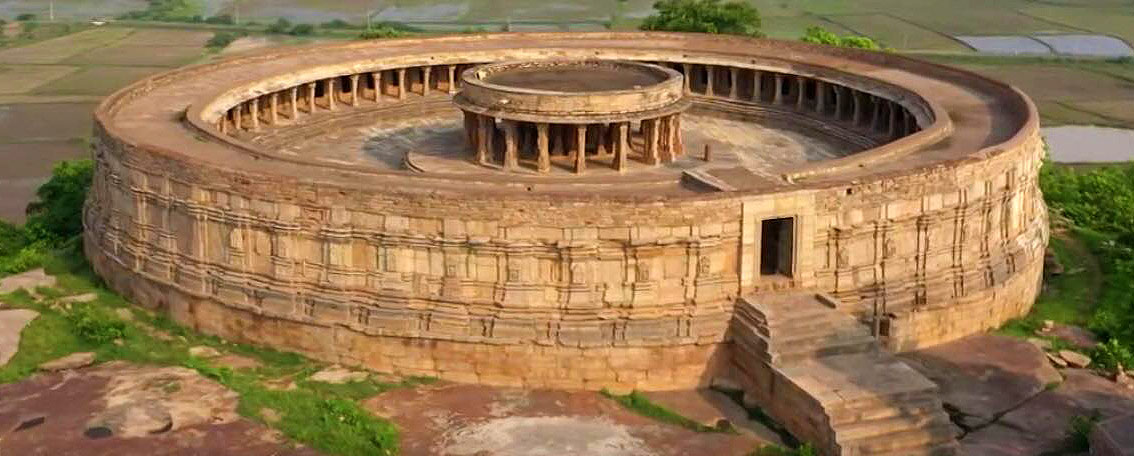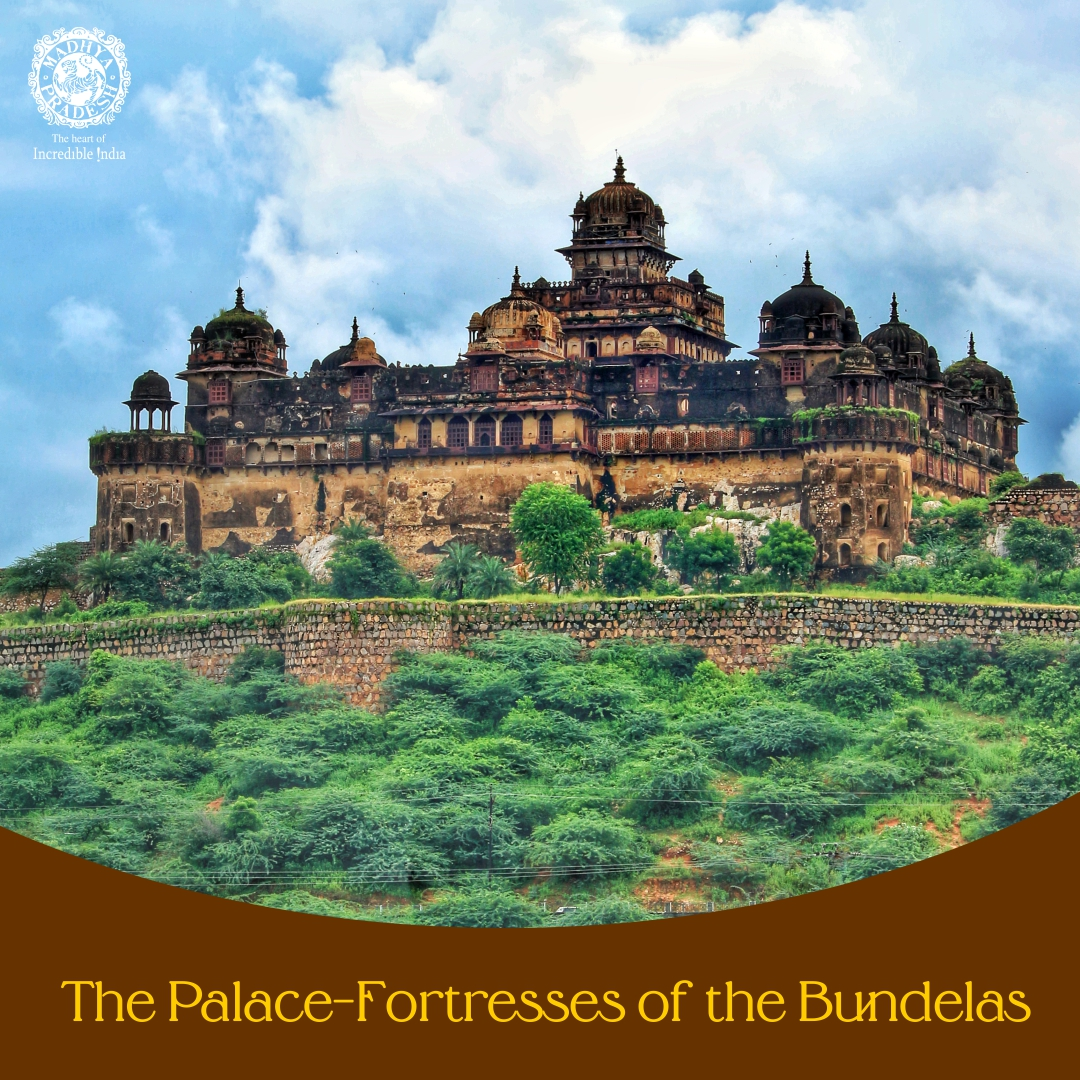Context: India adds 7 new natural sites to UNESCO’s Tentative World Heritage List.
| List of 7 New Natural Sites to UNESCO’s Tentative World Heritage |
- These sites are:
- Deccan Traps at Panchgani and Mahabaleshwar (Maharashtra)
- Geological Heritage of St. Mary’s Island Cluster (Udupi, Karnataka)
- Meghalayan Age Caves (East Khasi Hills, Meghalaya)
- Naga Hill Ophiolite (Kiphire, Nagaland)
- Natural Heritage of Erra Matti Dibbalu (Visakhapatnam, Andhra Pradesh)
- Natural Heritage of Tirumala Hills (Tirupati, Andhra Pradesh)
- Natural Heritage of Varkala (Kerala)
- The sites are in Tentative status, which means they are not included yet.
- Recent included site is: Maratha Military Landscapes of India (2025).
- Total number of sites: 44 (36 cultural, 6 natural, 1 mixed)
|
What is UNESCO’s Tentative List?
- The Tentative List is an inventory of properties a country intends to consider for nomination to the World Heritage List.
- Inclusion in the tentative list is mandatory before a site is formally nominated.
- It helps UNESCO assess the site’s potential Outstanding Universal Value (OUV).
- India now has 62 sites on the Tentative List.
6 Heritage Sites Added in UNESCO’s Tentative List From India
| Name of Site |
Key Features |
| Kanger Valley National Park

|
- Location: Bastar District (Chhattisgarh).
- It draws its name from the Kanger river. Tirthagarh waterfalls.
- Home to limestone caves (Kotumsar, Kailash, Dandak) and rare blind cave fish.
- Dense forests with Dandakaranaya, linked to Ramayana.
|
| Mudumal Megalithic Menhirs

|
- They are located near the banks of Krishna River, Telangana.
- They are estimated to be 3500-4000 years old.
- A menhir is a standing or an upright stone, which is usually tapered at the top.
- It is one of India’s largest and best-preserved megalithic astronomical observatories.
- It is the only South Asian site featuring celestial representations on stone.
|
| Ashokan Edict Sites along the Mauryan Routes.
 |
- Edicts of Emperor Ashoka (3rd Century BCE) spread across India.
- Inscribed on rocks, pillars, and caves in Prakrit using Brahmi script.
- They depict the moral and administrative policies of Ashoka and spread of Buddhism.
|
| Chausath Yogini Temples

|
- Circular temples dedicated to 64 Yoginis (Tantric goddesses).
- Located in Madhya Pradesh, Odisha, Uttar Pradesh and Tamil Nadu.
- Built between 8th–12th centuries, early inspiration for Parliament House design.
|
| Gupta Temples in North India

|
- Gupta period (4th–6th century CE) temples showcasing Nagara-style architecture.
- E.g. Dashavatara Temple (Deogarh), Bhitargaon Temple (UP), Eran Temple (MP).
- Their architectural design combines elements of both Buddhist and Hindu styles.
- Most of the Gupta temples are made of sun-dried bricks and terracotta, with some made in sandstone.
- The temples had a basic square plan and flat roof with a circumambulatory path, a low height shikhara & doorways were mainly T-shaped with decorative bands.
|
| Palace-Fortresses of the Bundelas

|
- Built by Bundela Rajputs (16th–19th century).
- Six forts: Garhkundar Fort, Raja Mahal, Jahangir Mahal, Datia Palace, Jhansi Fort & Dhubela Palace.
- A blend of Rajput and Mughal architectural styles.
|
UNESCO
- A specialized agency of the United Nations (UN), UNESCO aims to promote world peace and security through international cooperation in education, arts, sciences and culture.
- It was founded in 1945 as the successor to the League of Nations’ International Committee on Intellectual Cooperation.
- UNESCO aims to create the conditions for dialogue among civilizations, cultures and peoples, based upon respect for commonly shared values.
UNESCO Tentative List of World Heritage Sites
- UNESCO tentative list is an inventory of those properties or sites which each State Party intends to consider for nomination in future.
- Even though adding a site to the tentative list is a necessary prerequisite for any site to make it to the UNESCO World Heritage List, it does not guarantee a place on the final list.
- International experts review the nomination and determine whether inclusion is necessary. The World Heritage Committee meets once a year to finally vote on the nominees.
UNESCO Categories of Heritage Sites
| Type |
What it covers / Criteria |
Examples of features |
| Cultural Heritage |
Sites of human creativity, history, architecture, art, monuments, archaeological sites, etc. These are designated under criteria i–vi. |
Monuments, historic buildings, temples, archaeological excavations, etc. |
| Natural Heritage |
Sites of outstanding natural beauty, geology, ecology, biodiversity, natural habitats of threatened species, etc. Criteria vii–x. |
National parks, forests, mountain ranges, natural formations, etc. |
| Mixed Heritage |
Sites that qualify for both cultural and natural heritage — i.e. they have both significant human history or architecture and natural/ecological / geological importance. |
A place that has sacred human history and unique biodiversity/geology, etc. |
| Chhath Festival |
The Ministry of Culture has initiated efforts to secure UNESCO recognition for the Chhath festival by nominating it to the Representative List of Intangible Cultural Heritage of Humanity.
About Chhath Festival
- An ancient Vedic festival dedicated to the Sun God (Surya) and Chhathi Maiya (consort of the Sun God, considered as Usha, the dawn goddess).
- Purpose:
- To thank Surya for sustaining life on earth.
- To seek blessings for prosperity, health, and well-being.
- Key Rituals:
- Nahay Khay: Devotees bathe and prepare vegetarian food.
- Lohanda/Kharna: Fasting without water, broken after evening prayers.
- Sandhya Arghya: Offering ‘Arghya’ (water and prayers) to the setting sun.
- Usha Arghya: Final offering to the rising sun the next morning.
- Celebrated on riverbanks, symbolising reverence for nature and water bodies.
|
Sharing is caring!








 List of National Parks in India 2025, Ch...
List of National Parks in India 2025, Ch...
 Bonnet Macaques: Habitat, Features, Beha...
Bonnet Macaques: Habitat, Features, Beha...
 Periyar Tiger Reserve, Map, Flora, Fauna...
Periyar Tiger Reserve, Map, Flora, Fauna...

























